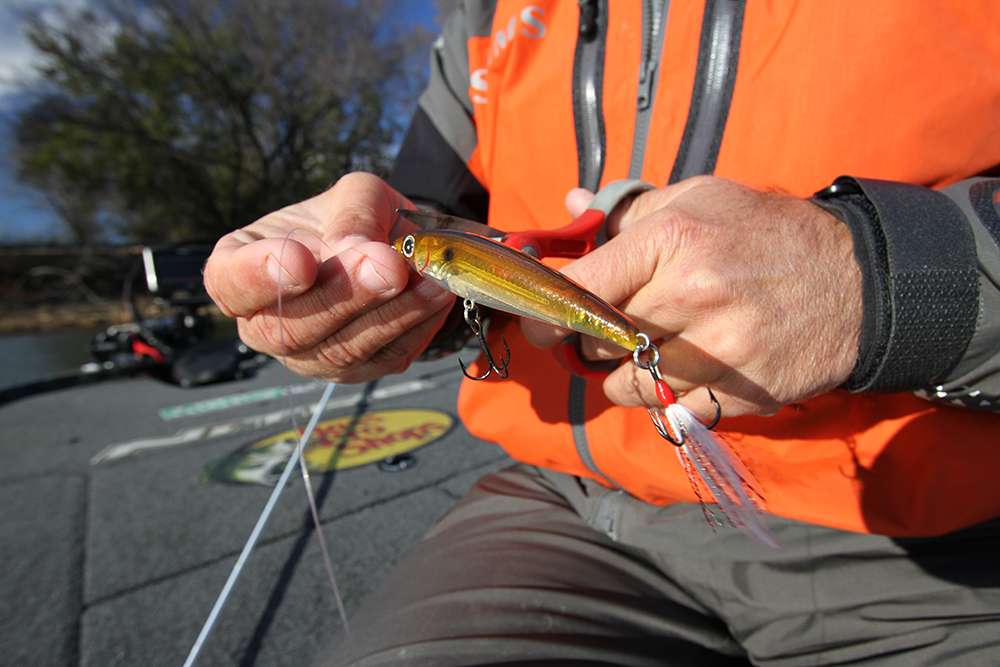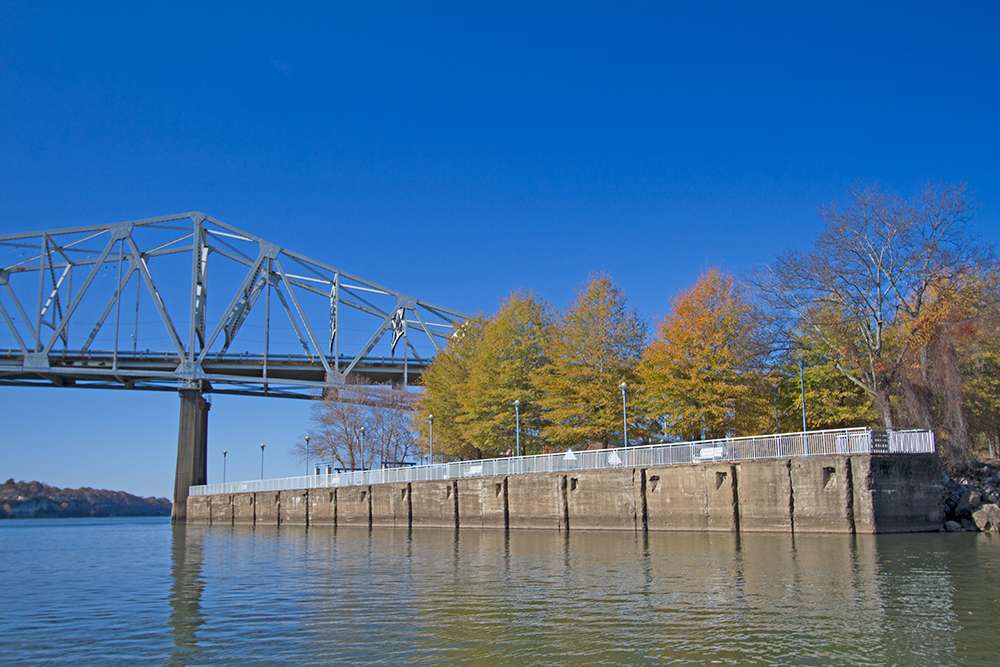
Cooperative and kind, moody and temperamental, straight-up bad hair day. Sure, we could be describing a teenager’s dynamically fluctuating dispositions, but we’re actually talking about fourth-quarter weather — specifically that meteorological mayhem we know as a cold front.
The days before, during and after a front can bring a mix of challenges and opportunities. Understanding what to expect, where to look and how to approach the fish greatly impacts your day’s outcome.
The cycle
One thing is consistent, an approaching front brings a spike in angling activity that’s largely due to falling barometric pressure. Pre-front fishing is good, the front’s passage can be stellar, but post front — well, ya know.
“The fish sense the pressure change, they loosen up, they get more aggressive and they bite moving lures,” said pro Timmy Horton. “You usually have clouds and some rain with that, which along with the pressure, is going to make them more active.
“It’s like we humans feel more active when a storm comes through because the low pressure just feels better. That’s magnified in the water, so the fish are moving around more.”
Once the front comes through, life takes a turn toward the dismal, as the water temperature falls and the weather system sucks all the clouds out of the area. And then comes the real treat — high pressure. Bluebird skies, flat calm, full-strength solar assault — basically, nightmarish conditions for anyone trying to convince a bass to open its mouth (especially those temperamental Florida-strain divas.)
“Wind shifts will be another big change,” Horton said. “You’re going to have a prevailing south wind before the front and then a north wind after the front. That’s going to dictate where you can fish.”
Understand the variables
Depending on where you are on the map and on the calendar, frontal impacts can vary significantly.
“If you get a front in the fall, that wind can really make fishing good on wind-blown banks,” he said. “But if it’s February or March when the waters are beginning to warm, that cold front can really slow the fish down.”
Also, because different latitudes find nature’s year-end time table advancing at a varying pace, Horton said it’s important to fish where the fish are.
“If you get a late-fall cold front, the fish are already going to be in the backs of the bays and pockets,” he said. “That could be December for us here in the Southeast, but up north, that could be November.
“Once the fish are in their pattern according to the water temperature, they’re not going to move back up shallow or back out deep, unless something like water clarity changes. For the most part, your presentations will be based on where the fish already are; you’re either going to fish more aggressively or more slowly.”
Consider also that overnight lows mean more to the big picture than declining daytime temperatures. That’s because once the overnight chill sets in, it takes longer for the day to rise to a level the fish can tolerate.
“The only thing that would make that different would be if the water temperature is just starting to get down to where the fish want it to be in the early fall,” Horton said.
But say you catch ‘em good on a pre-front Saturday when the water is 55 degrees. Wednesday sees an approaching front’s warmth raising that temperature to 58-60. The front passes, the water drops back down to 55. Should be business as usual, right?
Nope.
“The fishing is not going to be nearly as good, even though you have the same water temperature because it cooled to 55, instead of warming to 55,” he said. “Because bass are cold-blooded creatures, so much depends on whether that water is warming or cooling, regardless of what that water temperature is.”

Appropriate tactics
Now, there’s no one-size-fits-all formula for cold front presentations, but a few key points should guide your strategy.
-Later cold fronts, the ones that move water temperatures below the fish’s preference, shrink the target zone and saddle you with greater demands.
“You have to get close to those docks, brush, laydown, etc. You will have to make multiple casts and you have to scale down your lure size, because fish are finicky, and the only way they’re going to move is if they don’t have to move much and they don’t have to digest a lot,” Horton said. “So they’re not going to eat as big of a lure as they would before a front, and they’re not going to chase stuff down.”
-That pre-front perk-up makes moving baits the way to go because covering water with rapid succession is the best way to get your bait in front of a player. In the fall, Horton likes topwaters like the Profound Outdoors Popper Z and Azuma Z Dog, a spinnerbait or a lipless crankbait like the Azuma Shaker Z.
-Post front is slow-down time, so Horton’s going to a Klone Ringo ring worm on an Edwin Evers Standup shaky head, a 5/16- or 3/16- Swampers finesse jig with single tail grub or a Profound Outdoors BrayZ jerkbait. With all, think “minimal movement.”
Look on the bright side
Let’s be honest, no one looks forward to fishing after a cold front, but it’s not entirely a lost cause. For one thing, moon phases will still create feeding periods throughout even a post-front day. Apps like Horton’s favorite, Bass Forecast, will factor in weather systems to show you when the fish should chew.
Moreover, by taking a lot of the field out of play, the front’s backside actually facilitates fish location.
“If you fish a lake with a lot of cover in it, (post-frontal conditions) can be a little bit of an advantage because it will put the fish really tight to cover,” he said. “When they’re down there with a headache, they’re going to get right up against something so you know right where you need to make that cast.
“You can still catch fish. You just have to know that you have to change up what you’re doing.”





